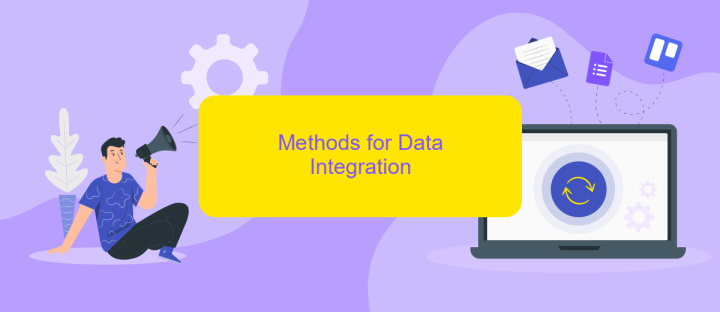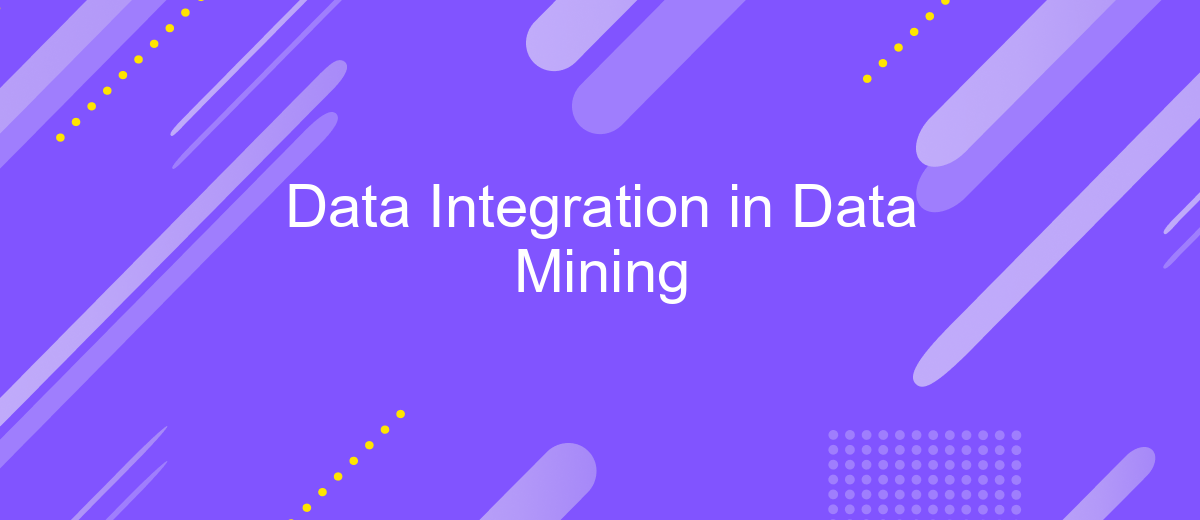Data Integration in Data Mining
Data integration in data mining is a crucial process that combines data from multiple sources to provide a unified view for analysis. This foundational step ensures that disparate data sets are harmonized, enabling more accurate and insightful mining results. Effective data integration enhances decision-making, supports advanced analytics, and drives business intelligence by providing a comprehensive understanding of the data landscape.
Introduction
Data integration is a crucial component in the field of data mining, enabling the consolidation of data from diverse sources into a cohesive and usable format. This process is essential for extracting meaningful insights and making informed decisions based on comprehensive datasets. Effective data integration helps in eliminating data silos, ensuring data consistency, and enhancing the overall quality of the data.
- Combining data from multiple sources
- Ensuring data consistency and accuracy
- Eliminating data silos
- Enhancing data quality and accessibility
Tools like ApiX-Drive simplify the data integration process by offering automated workflows that connect various applications and services. By leveraging such tools, organizations can streamline their data integration efforts, reducing manual intervention and minimizing errors. This leads to more reliable data mining outcomes and supports better decision-making processes.
Challenges in Data Integration

Data integration in data mining poses several challenges that can impede the seamless merging of information from various sources. Data heterogeneity is a significant issue, as different data formats, structures, and semantics need to be harmonized. This harmonization process is often complex and time-consuming, requiring sophisticated algorithms and tools to ensure consistency and compatibility. Additionally, the volume of data can be overwhelming, making it difficult to process and integrate efficiently without advanced computational resources.
Another critical challenge is data quality. Inconsistent, incomplete, or inaccurate data can lead to erroneous insights and decisions. Ensuring data quality involves rigorous validation, cleansing, and transformation processes. Moreover, data integration must address security and privacy concerns, especially when dealing with sensitive information. Utilizing services like ApiX-Drive can streamline the integration process by offering automated data transfer and synchronization between various platforms, reducing the manual effort and potential for errors. However, even with such tools, organizations must carefully plan and execute their data integration strategies to overcome these challenges effectively.
Methods for Data Integration

Data integration is a critical step in the data mining process, enabling the combination of data from different sources into a unified view. Effective data integration ensures data consistency, accuracy, and accessibility, which are essential for generating reliable insights.
- ETL (Extract, Transform, Load): This method involves extracting data from various sources, transforming it into a suitable format, and loading it into a target database or data warehouse.
- Data Warehousing: Centralized storage systems that consolidate data from multiple sources, facilitating easier query and analysis.
- API Integration: Using application programming interfaces (APIs) to enable different software systems to communicate and share data seamlessly.
- Middleware Solutions: Software that acts as a bridge between different systems, allowing them to exchange data without direct connections.
- Data Virtualization: Creating a virtual data layer that provides a unified view of data from disparate sources without physical data movement.
Tools like ApiX-Drive simplify the process of API integration by providing a platform that connects various software systems, automating data transfer and synchronization. By leveraging such tools, organizations can enhance their data integration efforts, ensuring that data is accurate, timely, and readily available for analysis.
Benefits of Data Integration for Data Mining

Data integration is a critical component in data mining, offering numerous benefits that enhance the overall efficiency and effectiveness of the mining process. By merging data from various sources, organizations can gain a more comprehensive and accurate view of their information landscape, leading to more informed decision-making.
One of the primary advantages of data integration is the reduction of data redundancy and inconsistency. When data from different sources is combined, it helps in identifying and eliminating duplicate records, ensuring that the data is clean and reliable. This, in turn, improves the quality of the data mining results.
- Enhanced data quality and consistency
- Improved decision-making through comprehensive data views
- Reduced data redundancy and elimination of duplicates
- Streamlined data processing and analysis
Tools like ApiX-Drive facilitate seamless data integration by automating the process of connecting various data sources. This not only saves time but also minimizes the risk of human error, ensuring that the integrated data is accurate and up-to-date. Ultimately, effective data integration enables organizations to leverage their data assets more efficiently, driving better business outcomes.
Conclusion
In conclusion, data integration plays a pivotal role in the field of data mining by consolidating diverse data sources into a unified view, thereby enhancing the accuracy and efficiency of data analysis. The process involves various techniques and tools that ensure seamless data flow and consistency, ultimately leading to more informed decision-making and strategic insights. Effective data integration not only mitigates data silos but also improves data quality and accessibility, which are critical for any data-driven organization.
One of the key enablers of successful data integration is the use of advanced integration platforms like ApiX-Drive. This service simplifies the integration process by offering automated workflows and real-time data synchronization across multiple applications. By leveraging such tools, organizations can streamline their data integration efforts, reduce manual intervention, and focus more on extracting valuable insights from their data. As the landscape of data continues to evolve, robust data integration solutions will remain essential for harnessing the full potential of data mining.
FAQ
What is data integration in data mining?
Why is data integration important in data mining?
What are the common challenges in data integration?
How can I automate data integration processes?
What are the steps involved in data integration?
Apix-Drive is a simple and efficient system connector that will help you automate routine tasks and optimize business processes. You can save time and money, direct these resources to more important purposes. Test ApiX-Drive and make sure that this tool will relieve your employees and after 5 minutes of settings your business will start working faster.

